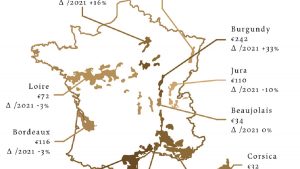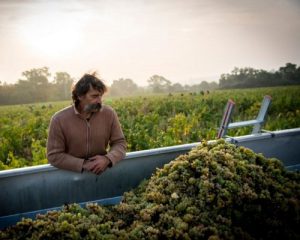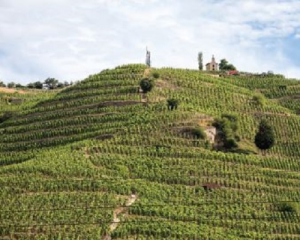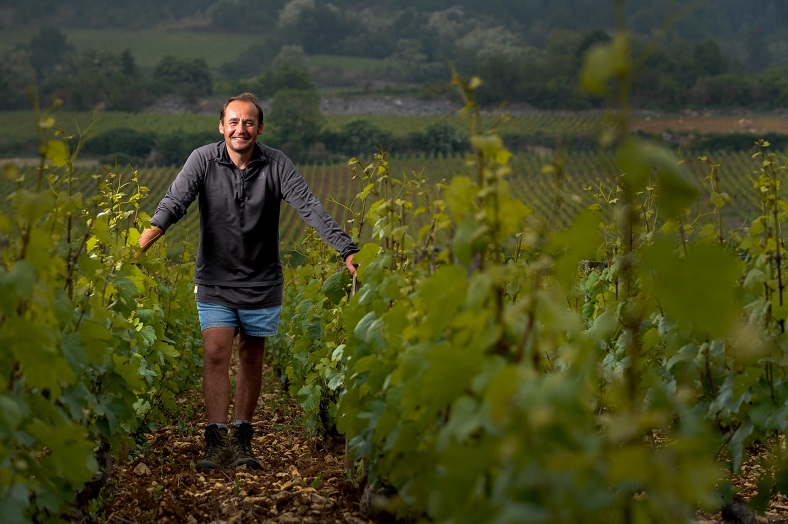
In Meursault, Jean-Baptiste is one of those wine makers who spends most of his time with his vines, observing the soil and working on the grapes. He has taken up the torch of a family domain planted at the heart of one of Burgundy’s most reputed Chardonnay-producing villages.
Jean-Baptiste took over Domaine Michel Bouzereau in 1999 after having already worked there for 10 years. It’s his father who gave his name to the domain, and he has now retired, although it isn’t rare to see him in the vineyard. Jean-Baptiste has inherited a piece of family history, with the Bouzereaus having been wine makers in Meursault for 7 generations. In fact, if you ever get the chance to visit the lovely village, you’ll see quite a few ‘Domaine Bouzereau’ signs, so first names will come in handy. Michel Bouzereau worked with his father Robert and his brother Pierre in the vineyard until 1971, when the two brothers parted ways. “In our family, each generation splits”, is what I’ve heard my ancestors tell me. The family often comes together to harvest for practical reasons, but each cultivates their own vines and builds their own clientele. It was in the 1970s that Michel began to bottle his wines at the property itself – at the request of certain importers – a veritable revolution at the time, when Burgundy wines were still being sold in bulk. This marked an important step in the domain’s evolution. Jean-Baptiste returned to the family estate in the 1990s in the hope that he would one day manage the property and its produce himself, proudly affixing ‘& fils’ to the domain name.
Jean-Baptiste is calm and observational in his work, believing that scrutiny of the vine is what really counts when trying to improve the work carried out. Several milestones have marked his career: in 2002, he goes back to ploughing the soil, seeing that this was a good way of allowing the soil to breathe. 2005 saw the end of all herbicides in the vineyard. In 2008, Jean-Baptiste built a new winery at the heart of Meursault. “After so many years of working in my father’s winery, this project was clear in my head. I knew exactly what I wanted”. Having this space allows him to adapt to each and every cuvée, vinifying and maturing them as efficiently as possible.
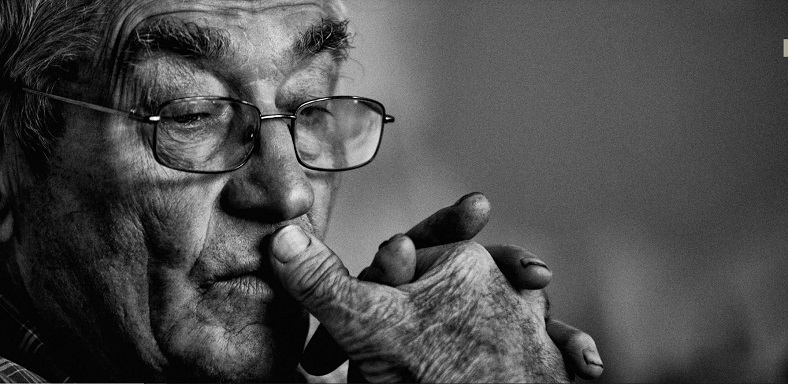
For Jean-Baptiste, the more precise the work in the vineyard is, the cleaner the fruit is, promising a wine of higher quality. “I spend around ¾ of my time in the vineyard, and I think that’s where I should be”. He has Chardonnay vines in Meursault and Puligny-Montrachet, as well as Pinot Noir in Beaune, Pommard and Volnay, with the domain covering 12.5 hectares overall. He recently reduced the size of his domain slightly in order to continue his meticulous work, and he has no plans to re-expand. He works with three other people as well as some seasonal workers. “By spending the whole year in the vines, I feel the effects of the vine exposure, the climate, I see the rain, the storms…”. When the harvest comes around, the challenge is always to get the fruit at just the right moment, “it’s just like with apricots, a day too soon and they’re not ripe enough, a day too late and they’re done.” This is why the manual harvest can last up to two weeks – one team of pickers might finish their parcel before another has even turned up, and others still might be able to take a few days of rest in the middle of the harvest. The work carried out in the vines is organic, though the domain does not have certification.
Once in the winery, the idea is to intervene as little as possible in the vinification and maturation. The whites – representing the vast majority of the domain’s wines – are pressed and put into casks the following day. The yeasts are indigenous, and the alcoholic fermentation is long, taking place in the cellar. After malolactic fermentation, the wines remain on lees until the next harvest, before finishing their maturation in barrels or vats. Now that he has more space in his winery, Jean-Baptiste can follow each of his cuvées carefully, changing the rhythm of his work when needs be. As for the reds, the grapes are destemmed and undergo a cold maceration. After fermentation, the wine is matured for 12-16 months in oak barrels. Throughout these processes, it isn’t tradition that guides, but observation. All of the work is carried out gently and intelligently, depending on the characteristics of each vintage and each terroir.
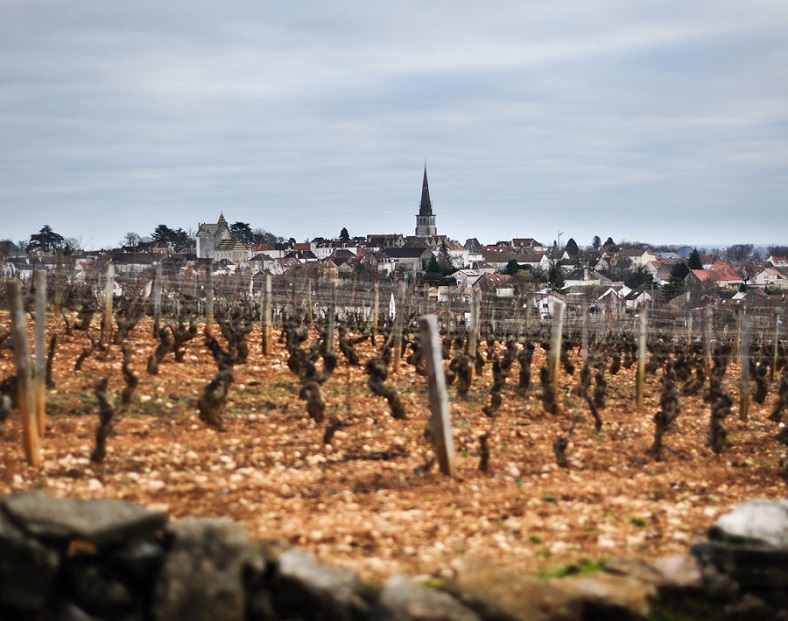
So what are the wines like? Well, they’re to their producer’s taste! “The wines change over time, as tastes, clientele and gastronomy evolve – all of this has developed so much since the 1990s, and we no longer consumer wine in the same way. These days, I sell a lot to cellar masters and restaurants. There is also a whole group of younger wine enthusiasts emerging. When I taste my different vintages, I realise how much all of these factors have impacted on my production. The common thread running throughout is that they’re always wines that I like!”

